As a backpacker in the early ’70s, I wasn’t picky about the food I carried; it just had to be light. Textured vegetable protein was a staple, though it was like dog food packaged for humans, and my gourmet dinner was Knorr’s powdered leek soup thickened with Ore-Ida potato flakes and cooked on a Svea 123 stove. When I switched to camp-cruising, my boats carried the weight and I could afford to indulge in better food and cooking equipment. For the past few years I’ve been doing almost all of my cruising cooking with portable table-top butane stoves. I recently added the Gas One Mini to my galley kit. It’s a dual-fuel stove that burns propane as well as butane, and I’ve been pleased with its performance, so when I saw Gas One’s 7,200 BUT dual-fuel portable camping grill, I was eager to see how it could expand my cruising cuisine.The 8-lb 10-oz grill measures 16-1.2″ x 11-3/8″ x 4-5/8″. That’s larger than my standard butane stoves (13″ x 12″ x 4-1/4″), so it won’t fit in the galley box I built for them. It goes aboard in its plastic case. The griddle is made of cast aluminum, has a cooking surface that measures 12-3/8″ x 9-7/8″, and has a non-stick coating. Beneath it is a fat pan (stainless steel, according to the manual, but strongly magnetic) with a spout that lets drippings flow to a tray that slides into the bottom of the stove. The fat pan rests on an enameled steel support that’s open to the burner, which produces two 7″-long rows of flame. A piezo spark ignites the flame. The grill houses an 8-oz butane canister and has a hole in the back for the passage of an adapter hose when using a 1-lb propane canister. Butane fuel canisters fit in the compartment to the right, here with its hinged lid open. The griddle has been removed to show the burner element and the two rows of blue flames that it produces.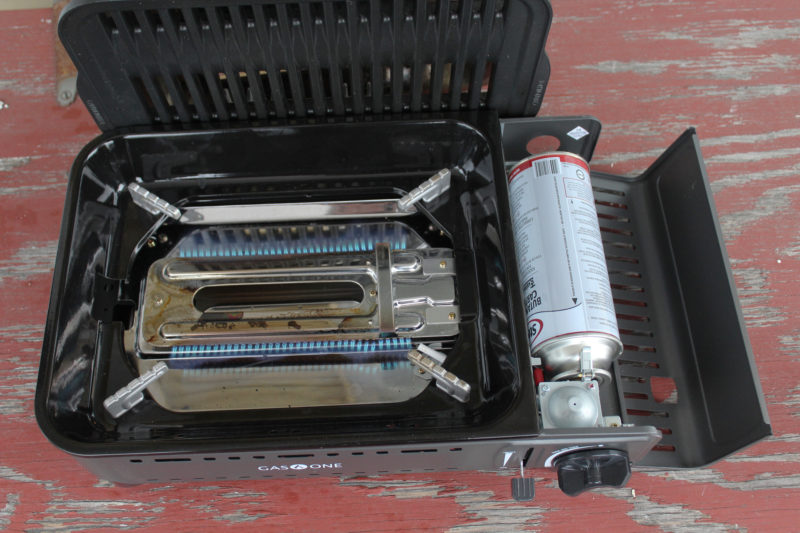 Photographs by the author
Photographs by the author
Join The Conversation
We welcome your comments about this article. To include a photo with your remarks, click Choose File below the Comment box.

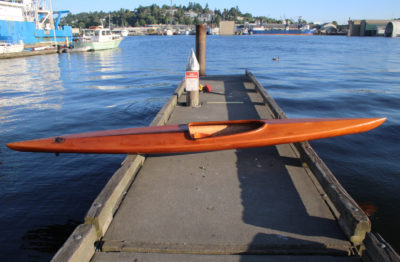
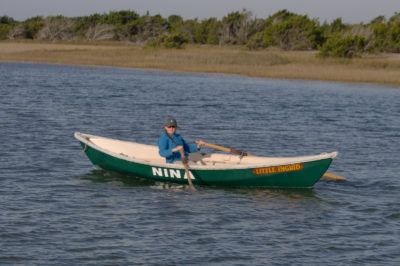
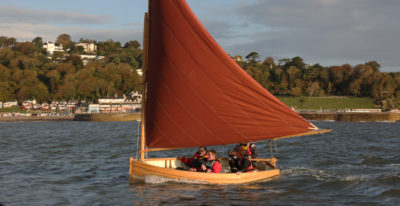
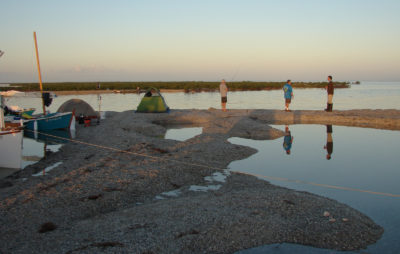
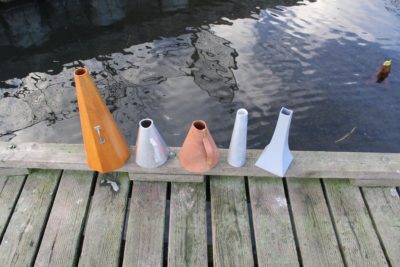
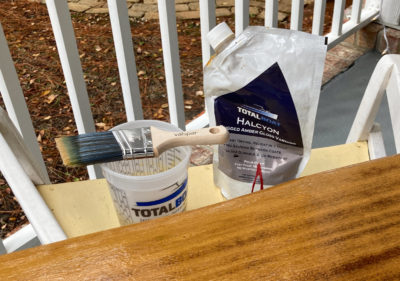

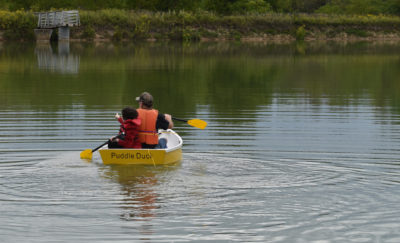
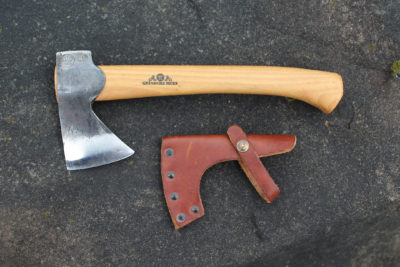
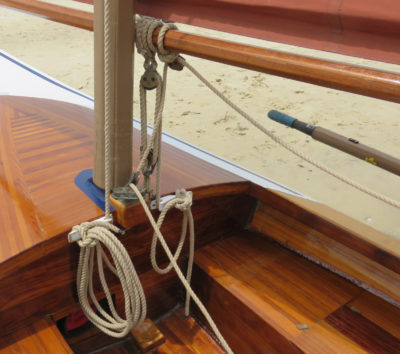
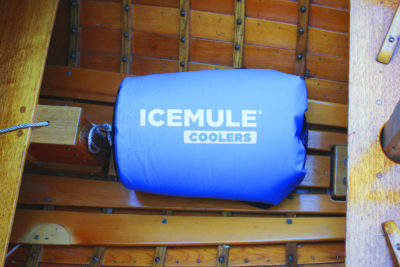
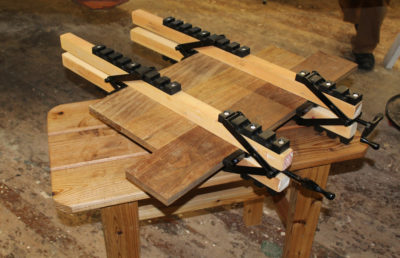
Hi Chris:
I especially liked your sense of humor in your introductory remarks. You’re good at it and should include it more in your articles.
Living in Florida most of the year, except for sailing our Hunter 40.5 in New England waters in the summer, we also have experienced “camping conditions” resulting from hurricanes that hit the Martine, St. Lucie, and Indian River counties in 2004. Frances and Jeanne hit the coast within 3 or so miles around the Stuart, Florida, area, putting our barrier island, North Hutchinson, and south of us in the hurricane’s worst sector.
After Ivan, between the two storms, dumped 5″ to 6″ inches of rain on compromised roofs, we returned after a hiatus at a friend’s in Georgia.
Obviously the island was devastated. Upon entering, we both cried at the destruction our community suffered. As boaters, we were prepared to “rough it out.” We purchased a Coleman one-burner stove and provisions to tough it out.
One of the provisions was Vienna Sausage. As you aptly describe it as dog food packaged for humans, we would recommend that Vienna Sausage roams in this same humane dog food realm for humans.
Although we would recommend being prepared, we do not recommend that diet for a short time disaster food supply. Spam might be better next time but we may try it in advance just in case another hurricane hits us.
I can’t help but see a real mess to clean up after using this grill. But then cleaning up on a small boat has always appeared problematic to me so I tend to stick with boiling water for coffee while relying on peanut butter, fruit, cheese and charcuterie to keep body and soul together. It’s a system I developed over years of motorcycle and VW van camping where much like on a boat waste water disposal can be an issue.
Clean up after cooking never seems to get addressed, maybe it is a little too “real” (like talking about using the head on a Sail & Oar boat)? I would like to see an article covering small boat sanitation solutions. The romance of any off-the-grid adventure can fade pretty fast without a good way to deal with the basic needs of your average human.
As I mentioned in the review, a non-stick surface makes the griddle easy to clean. The fat pan can take a bit of scrubbing to get cooked-on drippings clean, when there are drippings. Fatty foods will create more drippings to clean up. I don’t eat beef, so I didn’t cook hamburger patties; they would likely be harder to clean up after than skinless chicken thighs, the messiest of the foods I cooked. Veggie burgers, vegetable kebabs, pizza, toast, grilled cheese sandwiches, and potatoes required little to no cleaning, at most a wipe with a paper towel.
That said, cleaning up and carrying out waste—of all kinds—are concerns for camp cruising. Disposal of trash, toilet waste, and gray water from bathing and dishwashing all deserve attention. We’ll make sure the topic gets covered in these pages.
Christopher Cunningham
Editor, Small Boats Magazine
The book, How to Shit in the Woods, by Kathleen Meyer, deals with many of these issues.